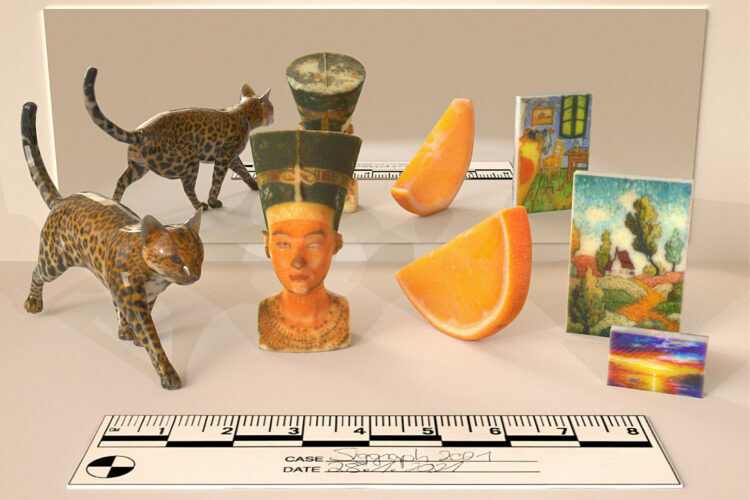Abstract
In full-color inkjet 3D printing, a key problem is determining the material
configuration for the millions of voxels that a printed object is made of. The
goal is a configuration that minimises the difference between desired target
appearance and the result of the printing process. So far, the techniques
used to find such a configuration have relied on domain-specific methods or
heuristic optimization, which allowed only a limited level of control over
the resulting appearance.
We propose to use differentiable volume rendering in a continuous materialmixture space, which leads to a framework that can be used as a general
tool for optimising inkjet 3D printouts. We demonstrate the technical feasibility of this approach, and use it to attain fine control over the fabricated
appearance, and high levels of faithfulness to the specified target
